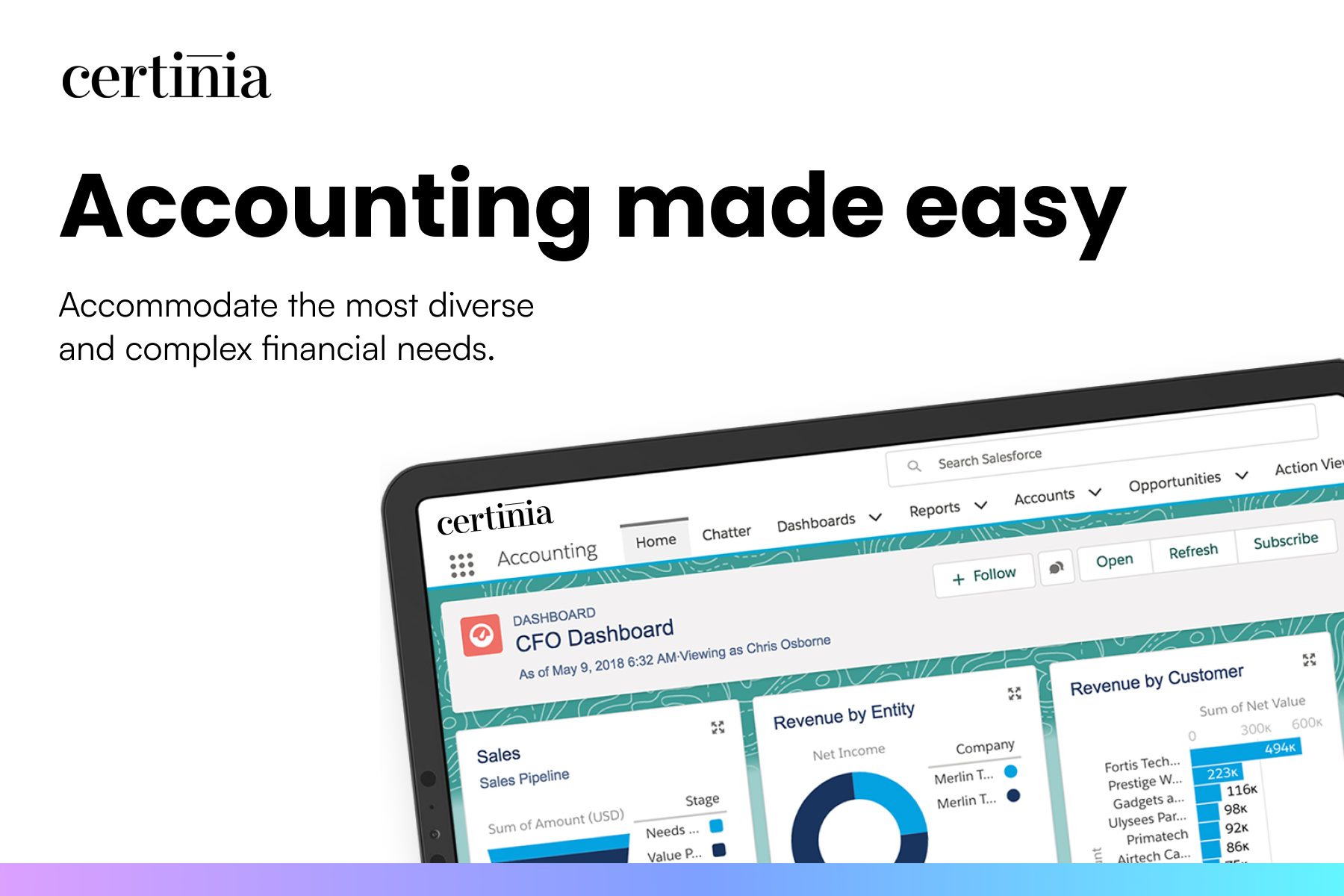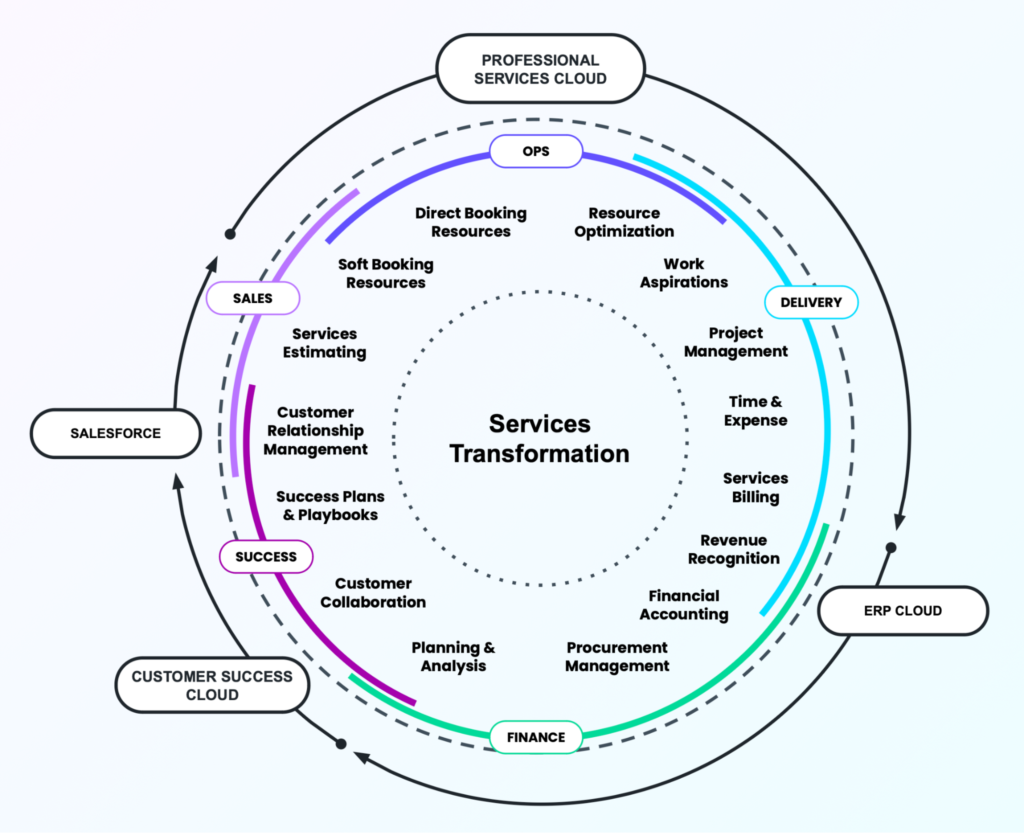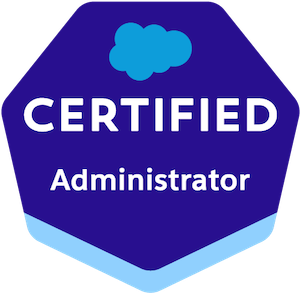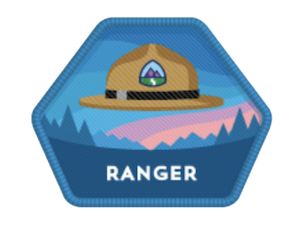If you’re in business today, its very likely that by now you have embraced the Cloud and SaaS (Software as a Service) way of acquiring software applications to run your business. When I say software applications (plural) you’ve more than likely acquired a few applications and you can count them as you login to each of them over the course of a day or a week. Before Y2K was a thing, you would have had all your applications running on servers that you own and housed in your own premises or a data centre that you have outsourced the running of the machines to. Even when you had all your applications in your control, they didnt all speak together (share data) nicely and not all at the right time.
Then came reporting time. You had to get data extracted from the system that looked after all the sales bookings (the modern CRM), then you had to get data from the fulfillment systems (the modern Order and Inventory Management system), then you had to get data into the billing system (the modern subscription and usage billing system) and then you had to balance it all out in the accounting system (the modern ERP). In many cases all this data made its way to your computer or that of your trusted data analyst, systems account or anyone on your accounting team (all accountants know how to make a spreadsheet sing and dance).
The nirvana back then was to have all the systems (and the data) in one place so you could do your reporting. The thought of actually running all those systems in the one place so that reporting was easier, was a pipe dream.
It was a pipe dream. That was my lived experience. My various roles in finance accounting, from reconciliation clerk, to systems accountant, management accountant, financial accountant, and chief financial officer, carried a significant (more than 5%) amount of time bringing data together and making it balance then formatting it to generate the right reports.
As I transitioned over to the software industry, to help my fellow CA and CPA colleagues understand and select the right technology, the elusive single system with reporting blueprint was hard to find.
I’m now very much a graduate of the SaaS era and have been working with Salesforce and Certinia applications for over six years. And I love it.
Don’t get me wrong, so many people have heard or seen the word Salesforce and thought only of Sales people and CRM. And that is the power of marketing and advertising. Early on, Salesforce was all about customer CRM systems and the target audience was sales people. I love sales people, because until something gets sold, nothing happens.
Salesforce is more that just a CRM system, Salesforce is for Marketing and Service as well. There are many industry solutions including public sector and not-for-profits (NFP). Salesforce is for everyone. Especially accountants and finance leaders.

I said I have used Salesforce for over six years and I love it. I was also using Certinia (formerly FinancialForce). I love Certinia as well.
Why do I love Certinia? Certinia made that dream of running the business in one place come true for me.
Certinia offers three Clouds - ERP Cloud, PSA Cloud and Customer Success Cloud.
Salesforce combined with Certinia makes the magic possible.
From Salesforce you get all the marketing, sales and opportunity management to the point of making the sale. This is where the promise to the customer has to be fulfilled.
The promise to the customer could be a physical product, start a project for professional services delivery, or establish access to a service that requires a subscription billing process to be setup.
All the business events that need to be translated into accounting events can be done in the same place with the same application on the same platform with the one login and the same look and feel. It’s magic.
All the accounting, billing, project management, resource management and inventory fulfillment is done with Certinia applications.
The most important part of this story is the Salesforce platform. The Salesforce platform provides the infrastructure in the cloud for all the data storage. Salesforce provides the complete security infrastructure. Salesforce provides all workflows and automations. The (Salesforce) Platform also has an application development environment that you can use to create your own applications.
This is the part that really makes the dream come true.

As a finance professional working with Salesforce for over 6 years, I can honestly say that if you have a business activity which is being managed on a spreadsheet, it is a candidate for putting into Salesforce.
Turning a spreadsheet model into an application in Salesforce is quite straight forward. Creating the spreadsheet model was the hard part. Getting it into Salesforce is something I do most days for customers.
Want to learn more about how Certinia and Salesforce can make a material impact for your business and your finance and accounting teams, put your details in the boxes below and click submit.
Simon Kilshaw is a Fellow CPA and holds a Bachelor of Business from University Technology, Sydney. Simon has completed Salesforce certifications and has worked as the APAC Solution Engineering (PreSales) leader for Certinia, formerly FinancialForce. Simon has experienced a number of different roles and functions within the business environment from an individual contributor to people manager and business unit leader at companies that include PeopleSoft, SAS Institute, Hyperion Solutions, Oracle Corporation and Certinia (formerly FinancialForce). Simon continues to serve customers by listening to their needs from a business-first perspective then identifying software and technology solutions to achieve the business outcomes. Learn more about Simon at https://kilshaw.co
About Certinia Services as a Business (SaaB) applications

Source: Certinia
Formerly FinancialForce, Certinia offers a comprehensive Services-as-a-Business platform that integrates and powers various aspects of service operations, including estimation, delivery, customer success management, financial planning, and accounting. Its built on the Salesforce platform, providing a user-friendly interface and seamless integration with Salesforce tools. Key features include professional services automation to improve project profitability, resource management for optimizing staff deployment, and innovative billing solutions for various pricing models. Additionally, Certinia’s ERP system enhances overall business efficiency, helping companies manage their global operations more effectively and adapt to new business models with ease. It enables companies to manage their money from the time the prospect is identified all the way through to the A/P process. The reporting features alongside Salesforce create automated and efficient data at your fingertips.

Source: Certinia


Ask about a Free PDF Guide to running your business on the Platform that makes it all possible.
Today you'll find me at Exceleris Consulting where I enjoy creating lasting happy moments with customers. You want to be happy too - right?